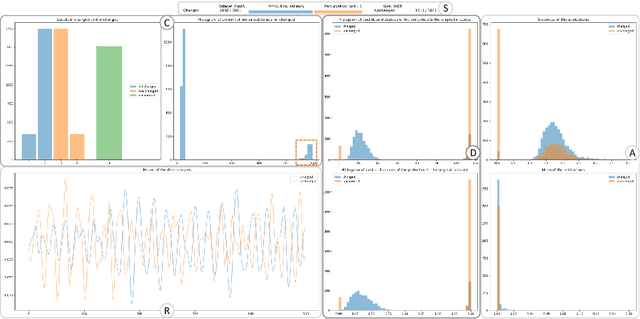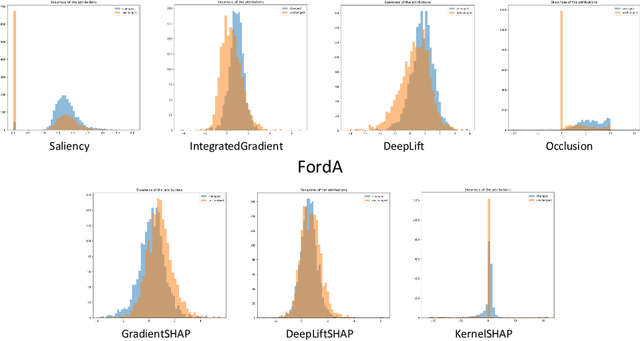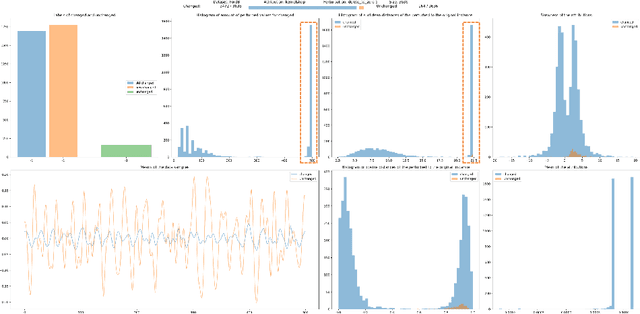A Deep Dive into Perturbations as Evaluation Technique for Time Series XAI
Paper and Code
Jul 11, 2023



Explainable Artificial Intelligence (XAI) has gained significant attention recently as the demand for transparency and interpretability of machine learning models has increased. In particular, XAI for time series data has become increasingly important in finance, healthcare, and climate science. However, evaluating the quality of explanations, such as attributions provided by XAI techniques, remains challenging. This paper provides an in-depth analysis of using perturbations to evaluate attributions extracted from time series models. A perturbation analysis involves systematically modifying the input data and evaluating the impact on the attributions generated by the XAI method. We apply this approach to several state-of-the-art XAI techniques and evaluate their performance on three time series classification datasets. Our results demonstrate that the perturbation analysis approach can effectively evaluate the quality of attributions and provide insights into the strengths and limitations of XAI techniques. Such an approach can guide the selection of XAI methods for time series data, e.g., focusing on return time rather than precision, and facilitate the development of more reliable and interpretable machine learning models for time series analysis.
 Add to Chrome
Add to Chrome Add to Firefox
Add to Firefox Add to Edge
Add to Edge